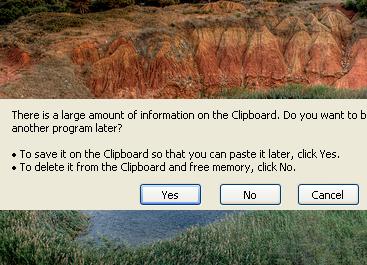This blog was originally posted on the Global Forest Watch Blog on August 4, 2014. By Jonathan Mason and Jared Messinger Recent advances in technology have revolutionized the way people live, work, and communicate with each other. So, if these transformations can change how we access media and purchase goods, can they also improve how we manage our natural resources? In October, the World Resources Institute and The Access Initiative (TAI) will convene its wide network of innovators who are already answering that question. Every two years, the Global Gathering brings together partners, civil society organizations, and community and indigenous leaders from around the world to tackle urgent issues involving community access to information and participation in environmental decision-making. This year, marks the 5th Global Gathering, which will focus on using information, data, and technology to protect forests and strengthen the rights of forest-dependent communities. The conference, hosted by TAI, Governance of Forests Initiative (GFI), and Global Forest Watch (GFW), will take place in Bogotá, Colombia from October 29th through the 31st. Globally, around 1 billion rural poor depend on forests for at least part of their livelihoods, and another 350 million depend heavily on forests. This means that nearly one out of every five people in the world relies on forests for basic needs. Yet forest governance in developing countries suffers many problems, including a lack of clear land tenure, antiquated forest regulations, and limited dialogue between the state and its citizens. Further, official efforts to recognize community land and resource rights have slowed. Failing to address these issues deprives communities and countries of accessing, enjoying, and deriving full value from their natural resources. For example, illegal logging on public lands in developing countries results in more than $10 billion (USD) in lost assets and revenue every year, resulting in weakened governance and degraded landscapes. Overcoming these urgent challenges requires innovative solutions. Communities and civil society desperately need the data and tools to help them protect forests and defend their rights. Fortunately, technology has the potential to revolutionize forest governance. Across the world, information and communication technologies have grown more affordable, ubiquitous, and user-friendly. These advances provide previously marginalized people with tools to assert their rights by accessing, using, collecting, and providing high-quality information on forests. Here are 8 examples of how technology is already improving forest governance: 1. Recycled cell phones capture chainsaw noises to prevent illegal logging in Northern Sumatra, Indonesia Fire Information for Resource Management System (FIRMS). International conservation organizations use this system to create an e-mail alert system for fires in or around protected areas in Madagascar, Indonesia, Bolivia, and Peru. 8. Cloud-based application maps urban forests in the United States Open Tree Map relies on crowdsourcing and cloud computing to map urban forests and display the ecosystem benefits of street trees in American cities. Building on this momentum, the Global Gathering will convene representatives from civil society, communities, and indigenous groups to share experiences, build expertise, and expand networks for more impactful use of digital tools to protect forests, strengthen land rights, and promote forest information transparency. In addition, the Global Gathering will feature hands-on training to strengthen participants’ skills in geospatial analysis, crowd-sourcing, and the use of data and technology for environmental advocacy. Technology use is no longer restricted to only more developed countries or experts. Instead, resource-limited communities, indigenous peoples, and civil society organizations can build networks, acquire new skills, and develop innovative ways to deploy technologies to protect their local forests and secure their rights.


